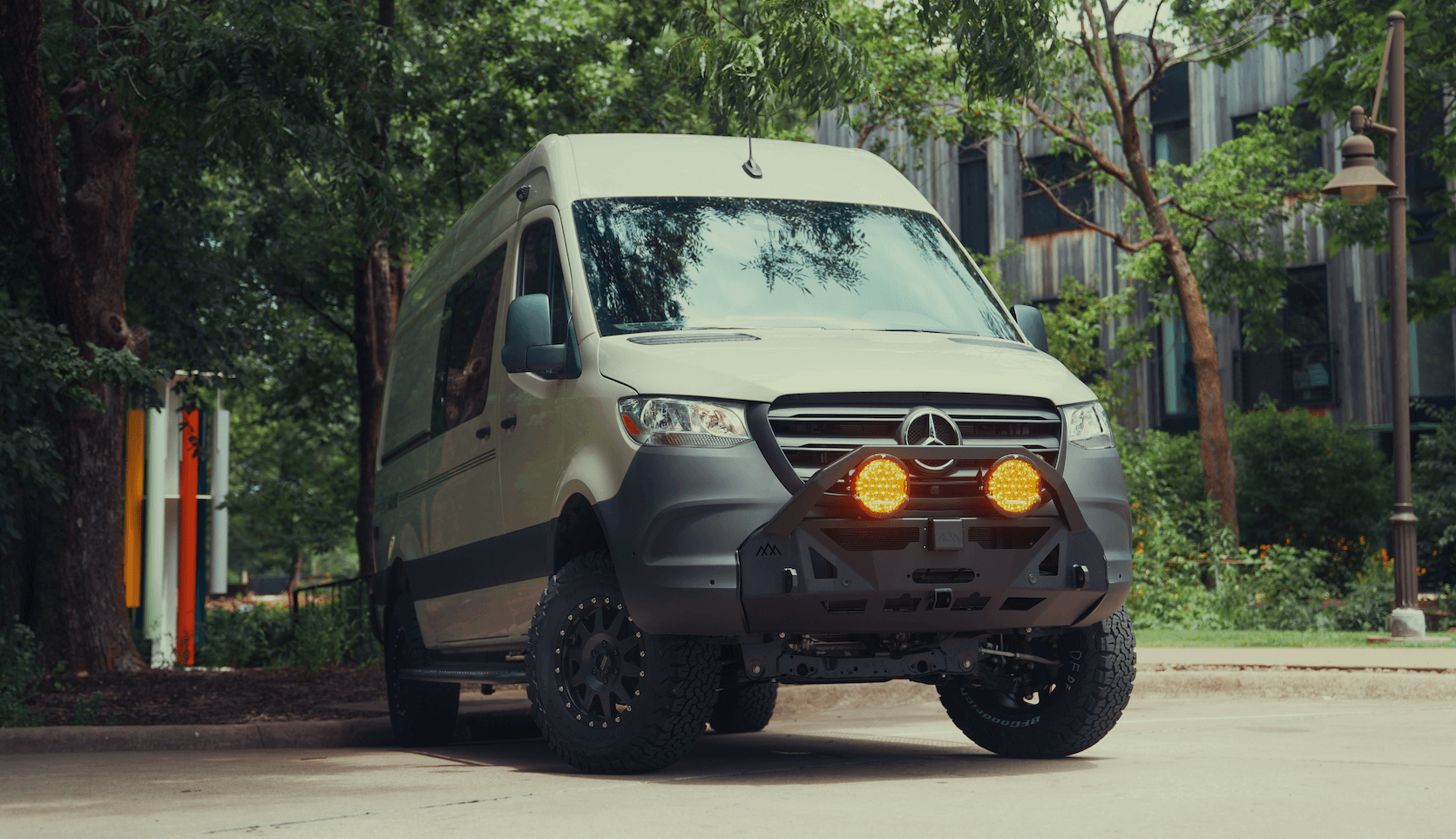Recreational Vans

Camper van fit out kits bundle the core pieces of a livable interior into a matched system. Most kits combine a bed platform, modular cabinets, a galley box, and a mounting system that ties into factory points. Some include insulation panels, wall liners, and pre cut flooring to accelerate the install. Electrical add ons range from simple portable power stations to full lithium systems with chargers, inverters, and solar input. The appeal is speed and predictability, especially for first time owners who want a clean finish without designing every bracket and panel.
Kits vary widely by van model. A system shaped for a high roof cargo van will not drop into a short wheelbase or low roof platform, and trim differences matter. Always confirm model year, roof height, and wheelbase fitment before you buy.
Van build kits sit on a spectrum. At one end, a full interior arrives as a matched set designed to bolt in with minimal drilling. At the other, modular cubes and rails let you mix a bed, kitchen, and storage your way. Both paths reduce fabrication, but the tradeoffs differ. Full systems feel seamless and quiet on the road, yet offer fewer layout changes later. Modular pieces flex with new hobbies, extra passengers, or seasonal gear, but require more planning to avoid rattles, weight imbalance, or blocked access to service points.
If you want a tailored bunk size, integrated garage for bikes, or a wet bath, a kit may not match your dimensions. In that case, a custom interior or partial upfit targeted to your needs often delivers a better long term result.
Good planning begins with the base vehicle and weight targets. Estimate curb weight, payload, and weight distribution front to rear and side to side. Heavy items like water, batteries, and spares should sit low and near the center to reduce sway and braking distances. Choose hardware that ties into structural points; avoid sheet metal screws alone for critical mounts. For wiring, size cables for load and length, fuse every positive run near the source, and ventilate battery spaces according to the manufacturer.
Electrical needs drive much of the layout. Start with daily watt hours for the fridge, fans, devices, lights, and any induction cooktop. A DC to DC charger from the alternator stabilizes charge, while shore charging is helpful in winter. Add roof ventilation to control condensation, and seal every cut with primer to prevent rust. Finally, weigh the van after install and compare to payload. Overweight rigs handle poorly and can void insurance.
Hunting the web for build your own camper kit or camper kits will show dozens of options for popular vans. Look closely at return policies, availability of replacement panels, noise control, and whether the system supports crash tested seating if you will carry passengers. If you are eyeing a build your own rv kit, remember that RV rules vary by state and country, including seatbelt locations, propane storage, and venting. When in doubt, consult local regulations and follow manufacturer instructions.
When a kit is not enough, a professional builder can solve the gaps with custom cabinetry, integrated heating and cooling, advanced power systems, and purpose built storage for bikes, surfboards, or a full size motorcycle. That is where a bespoke plan excels over off the shelf parts.
If you decide a diy camper kit or van build kits cannot meet your layout, payload, or off grid goals, OZK Customs builds complete interiors and targeted upfits that match how you travel. Our team designs around real use: sleeping comfort, secure gear storage, quiet cabins, and reliable power that just works in summer heat or winter cold. Explore our recreational vans to see how a purpose built interior differs from generic modules, then review our custom build van approach for fully tailored layouts. If you want a finance friendly starting point, browse mainstream vans for platforms that make sense long term.
We do not rent vehicles or sell kits. We build complete rigs and perform partial upfits that outlast hard travel, from cabinetry and insulation to electrical systems and lighting. Tell us how you camp, what you carry, and the climate you face. We will turn that into a plan that works on day one and year five.
Share your goals and timeline. We will help you pick the right base, map a clear scope, and deliver a road ready van with the storage, power, and comfort you need. Fill out the form and let us craft the build that fits your life.
Ready for a build that fits your life, not just your van? Tell us how you travel, what you carry, and where you camp. We will design and build a complete custom van or targeted upfit that handles power, storage, and comfort the right way. Share your goals in the form and we will map your path from idea to road ready.
ADDRESS:
6159 E Huntsville Rd, Fayetteville, AR 72701
PHONE:
(479) 326-9200
EMAIL:
info@ozkvans.com